Home>Gardening & Outdoor>Pool & Spa Care>What To Do If Stabilizer Is High In Hot Tub
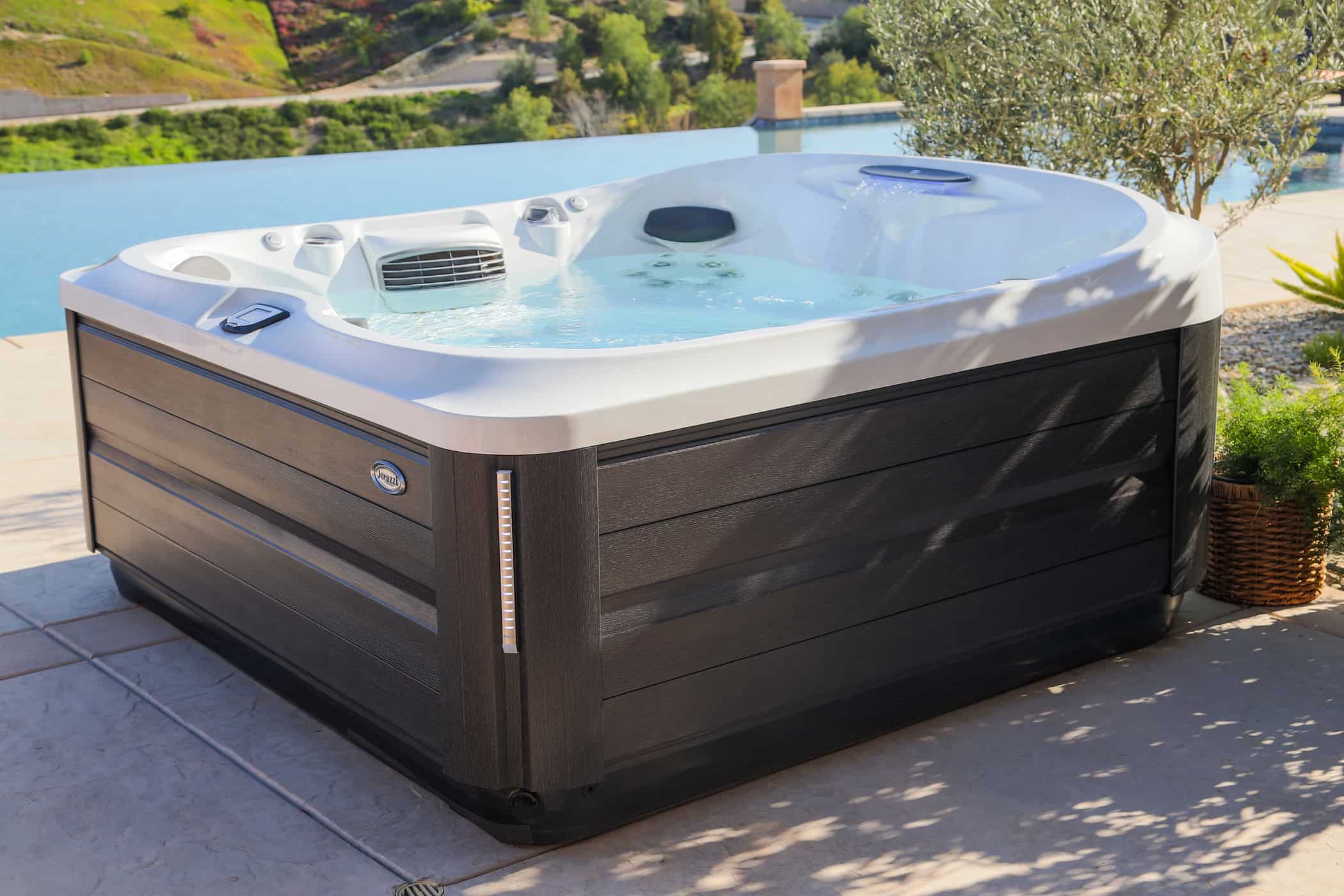

Pool & Spa Care
What To Do If Stabilizer Is High In Hot Tub
Modified: May 6, 2024
Learn effective strategies for managing high stabilizer levels in your hot tub. Discover expert tips for maintaining optimal pool and spa care.
(Many of the links in this article redirect to a specific reviewed product. Your purchase of these products through affiliate links helps to generate commission for Storables.com, at no extra cost. Learn more)
Introduction
So, you've been enjoying the soothing warmth and relaxation of your hot tub, but lately, you've noticed that something might be off. Perhaps the water seems a bit cloudy, or the sanitizer you've been adding doesn't seem to be as effective as it used to be. If you suspect that the stabilizer level in your hot tub is too high, you've come to the right place.
Maintaining proper chemical balance in your hot tub is crucial for both the longevity of the tub and the health of its users. Stabilizer, also known as cyanuric acid, is a chemical that helps to protect the chlorine in your hot tub from being broken down by the sun's ultraviolet (UV) rays. While stabilizer is essential for maintaining the effectiveness of your sanitizer, too much of it can lead to a host of problems.
In this comprehensive guide, we will delve into the intricacies of stabilizer levels in hot tubs, exploring the effects of high stabilizer levels, methods for testing and lowering stabilizer levels, and essential tips for preventing stabilizer imbalances. By the end of this article, you will be equipped with the knowledge and tools to tackle high stabilizer levels in your hot tub, ensuring that you can continue to enjoy its benefits without any concerns.
Key Takeaways:
- Keep your hot tub water balanced by testing stabilizer levels monthly and adjusting as needed to prevent cloudy water, skin irritation, and increased maintenance costs.
- If stabilizer levels are high, consider partial water replacement and targeted treatments to restore balance and ensure effective chlorine sanitization. Regular maintenance and UV protection can help prevent future imbalances.
Read more: What Is Stabilizer In A Hot Tub
Understanding Stabilizer Levels in Hot Tubs
Stabilizer, or cyanuric acid, plays a crucial role in maintaining the effectiveness of the sanitizer in your hot tub. When chlorine is exposed to sunlight, it rapidly degrades, reducing its ability to sanitize the water. Stabilizer acts as a shield, protecting the chlorine from the sun's UV rays and thereby prolonging its effectiveness. Without stabilizer, chlorine levels would diminish rapidly, necessitating frequent and excessive chemical additions to maintain a safe and clean hot tub environment.
However, it is important to maintain a delicate balance when it comes to stabilizer levels. The ideal range for stabilizer in a hot tub is between 30-50 parts per million (ppm). If the stabilizer level exceeds this range, it can lead to a condition known as "chlorine lock," where the chlorine becomes less active and struggles to sanitize the water effectively. On the other hand, insufficient stabilizer can result in rapid chlorine dissipation, requiring frequent replenishment and leading to increased chemical costs.
It is essential to monitor stabilizer levels regularly to ensure that they remain within the recommended range. By understanding the role of stabilizer and its impact on chlorine effectiveness, hot tub owners can proactively manage their chemical balance and ensure a safe and enjoyable soaking experience for themselves and their guests.
Effects of High Stabilizer Levels
When the stabilizer level in your hot tub exceeds the recommended range, it can lead to a myriad of issues that compromise the water quality and the overall hot tub experience. One of the primary consequences of high stabilizer levels is the potential for reduced chlorine effectiveness, a condition commonly referred to as "chlorine lock." This means that the chlorine present in the water becomes less active and struggles to sanitize effectively, leading to an increased risk of bacterial and algae growth.
High stabilizer levels can also contribute to water chemistry imbalances, resulting in cloudy or hazy water. This cloudiness is often attributed to a condition known as "chlorine demand," where the excessive stabilizer interferes with the chlorine’s ability to sanitize the water, allowing organic contaminants to accumulate and diminish water clarity.
Furthermore, the presence of high stabilizer levels can lead to skin and eye irritation for hot tub users. The compromised chlorine effectiveness due to excessive stabilizer can result in inadequate sanitation, allowing harmful bacteria to thrive and potentially cause discomfort and skin issues in bathers.
Additionally, the accumulation of stabilizer can make it challenging to maintain the desired chemical balance in the hot tub, necessitating more frequent water changes and chemical adjustments. This not only increases the maintenance workload but also escalates operational costs due to the need for additional chemicals and water.
Overall, high stabilizer levels can significantly impact the water quality, sanitation effectiveness, and user comfort in a hot tub. It is crucial to address and rectify excessive stabilizer levels promptly to restore a safe and enjoyable soaking environment.
Testing Stabilizer Levels
Regular testing of stabilizer levels is essential for maintaining a healthy and well-balanced hot tub environment. Fortunately, testing the stabilizer level is a straightforward process that can be conducted using readily available test kits or test strips specifically designed for hot tub water analysis.
When performing a stabilizer test, it is important to follow the instructions provided with the test kit or strips carefully. Typically, the testing process involves collecting a water sample from the hot tub and adding the appropriate reagents or using the test strips to assess the stabilizer concentration. The results are then compared to a color chart or digital indicator to determine the stabilizer level in parts per million (ppm).
It is recommended to test the stabilizer level in your hot tub at least once a month, or more frequently if you notice any signs of water chemistry imbalances or reduced sanitizer effectiveness. By monitoring stabilizer levels regularly, hot tub owners can detect any deviations from the optimal range and take proactive measures to address them before they escalate into more significant issues.
In addition to regular testing, it is advisable to keep a detailed record of stabilizer levels and other water chemistry parameters over time. This historical data can provide valuable insights into the trends and fluctuations in stabilizer levels, enabling informed decision-making and proactive maintenance strategies.
By incorporating stabilizer testing into your routine hot tub maintenance regimen, you can effectively manage the chemical balance of the water and ensure that stabilizer levels remain within the recommended range, safeguarding the overall health and enjoyment of your hot tub.
To lower high stabilizer levels in a hot tub, you can partially drain and refill the water to dilute the stabilizer concentration. Be sure to test the water regularly to monitor the levels.
Lowering Stabilizer Levels
If you discover that the stabilizer level in your hot tub has surpassed the recommended range, it is essential to take prompt action to lower the concentration and restore the chemical balance of the water. Lowering stabilizer levels typically involves dilution, as stabilizer is not easily removed through chemical reactions or evaporation.
One of the most effective methods for reducing stabilizer levels in a hot tub is through partial water replacement. Draining a portion of the hot tub water and refilling it with fresh water can dilute the stabilizer concentration, subsequently bringing it closer to the desired range. It is important to calculate the volume of water that needs to be replaced based on the current stabilizer level and the target range, ensuring a gradual but significant reduction in stabilizer concentration.
Another approach to lowering stabilizer levels involves the use of specialized products designed to reduce cyanuric acid content in hot tub water. These products typically contain active ingredients that facilitate the breakdown and removal of stabilizer from the water. However, it is crucial to follow the manufacturer’s instructions and dosage recommendations meticulously when using such products to avoid overcorrection or adverse effects on water chemistry.
In some cases, a combination of partial water replacement and the use of stabilizer-reducing products may be employed to expedite the process of lowering stabilizer levels effectively. Regular testing during the corrective process is imperative to monitor the progress and ensure that the stabilizer concentration is gradually approaching the optimal range.
After implementing the necessary measures to lower stabilizer levels, it is advisable to retest the water to confirm the effectiveness of the corrective actions. If the stabilizer level remains elevated after the initial corrective steps, further dilution or targeted treatment may be required to achieve the desired balance.
By addressing high stabilizer levels proactively and employing appropriate corrective measures, hot tub owners can restore the chemical equilibrium of the water, optimize sanitizer effectiveness, and create a safe and inviting environment for hot tub enjoyment.
Preventing High Stabilizer Levels
While addressing high stabilizer levels in a hot tub is essential, preventing their escalation in the first place is equally crucial for maintaining water quality and minimizing maintenance efforts. Implementing proactive measures to prevent high stabilizer levels can contribute to a more stable and enjoyable hot tub experience.
One of the primary preventive strategies involves monitoring stabilizer levels regularly and maintaining them within the recommended range. By incorporating routine water testing into your hot tub maintenance schedule, you can promptly identify any deviations in stabilizer levels and take corrective actions before they lead to significant imbalances.
Furthermore, practicing proper hot tub water management, including regular water circulation and filtration, can help prevent the accumulation of stabilizer and other chemicals. Effective filtration and circulation systems facilitate the removal of contaminants and organic matter, reducing the burden on sanitizers and minimizing the need for excessive stabilizer usage.
When adding chemicals to the hot tub, particularly stabilizer and chlorine-based products, it is essential to follow the manufacturer’s dosage recommendations diligently. Overdosing with stabilizer can contribute to elevated levels, while underdosing may lead to rapid chlorine dissipation, emphasizing the importance of precise chemical application.
Limiting the exposure of the hot tub water to direct sunlight can also aid in preventing excessive stabilizer buildup. Utilizing a cover when the hot tub is not in use can shield the water from UV rays, reducing the degradation of chlorine and the reliance on stabilizer to maintain its effectiveness.
Regular water maintenance, including periodic draining and refilling of the hot tub, can help refresh the water and dilute the concentration of stabilizer and other chemicals. This practice contributes to overall water quality and minimizes the risk of stabilizer levels becoming excessively high over time.
By integrating these preventive measures into your hot tub care routine, you can mitigate the likelihood of encountering high stabilizer levels and the associated challenges. Proactive maintenance and diligent chemical management are key to sustaining a balanced and inviting hot tub environment for your continued relaxation and enjoyment.
Conclusion
Managing stabilizer levels in your hot tub is a fundamental aspect of maintaining water quality, sanitation effectiveness, and overall enjoyment. By understanding the role of stabilizer, recognizing the effects of high stabilizer levels, and implementing preventive measures, you can navigate the complexities of hot tub chemistry with confidence and expertise.
Regular testing and monitoring of stabilizer levels serve as essential pillars of proactive hot tub maintenance. By staying attuned to the chemical balance of the water, you can detect and address deviations promptly, safeguarding the health and comfort of hot tub users.
In the event of high stabilizer levels, swift corrective actions, such as partial water replacement and targeted treatments, can effectively restore the chemical equilibrium of the water. Diligent testing and reevaluation ensure that the corrective measures yield the desired results, allowing you to maintain optimal stabilizer levels and chlorine effectiveness.
Prevention is key in managing stabilizer levels, and integrating proactive strategies into your hot tub care routine can mitigate the likelihood of encountering high stabilizer levels. By adhering to recommended chemical dosages, practicing effective water management, and minimizing UV exposure, you can create a balanced and inviting hot tub environment for sustained relaxation and well-being.
Ultimately, by mastering the intricacies of stabilizer management and embracing a proactive approach to hot tub maintenance, you can cultivate a safe, clean, and rejuvenating oasis that enhances your lifestyle and provides a haven for relaxation and rejuvenation.
Now that you've got a handle on managing stabilizer levels, why not fine-tune your hot tub’s chemistry even further? Mastering the right balance of hot tub chemicals is key for sparkling clean water and smooth operation. Our next article delves into the best selections available, helping you ensure your spa environment is always inviting and safe.
Frequently Asked Questions about What To Do If Stabilizer Is High In Hot Tub
Was this page helpful?
At Storables.com, we guarantee accurate and reliable information. Our content, validated by Expert Board Contributors, is crafted following stringent Editorial Policies. We're committed to providing you with well-researched, expert-backed insights for all your informational needs.
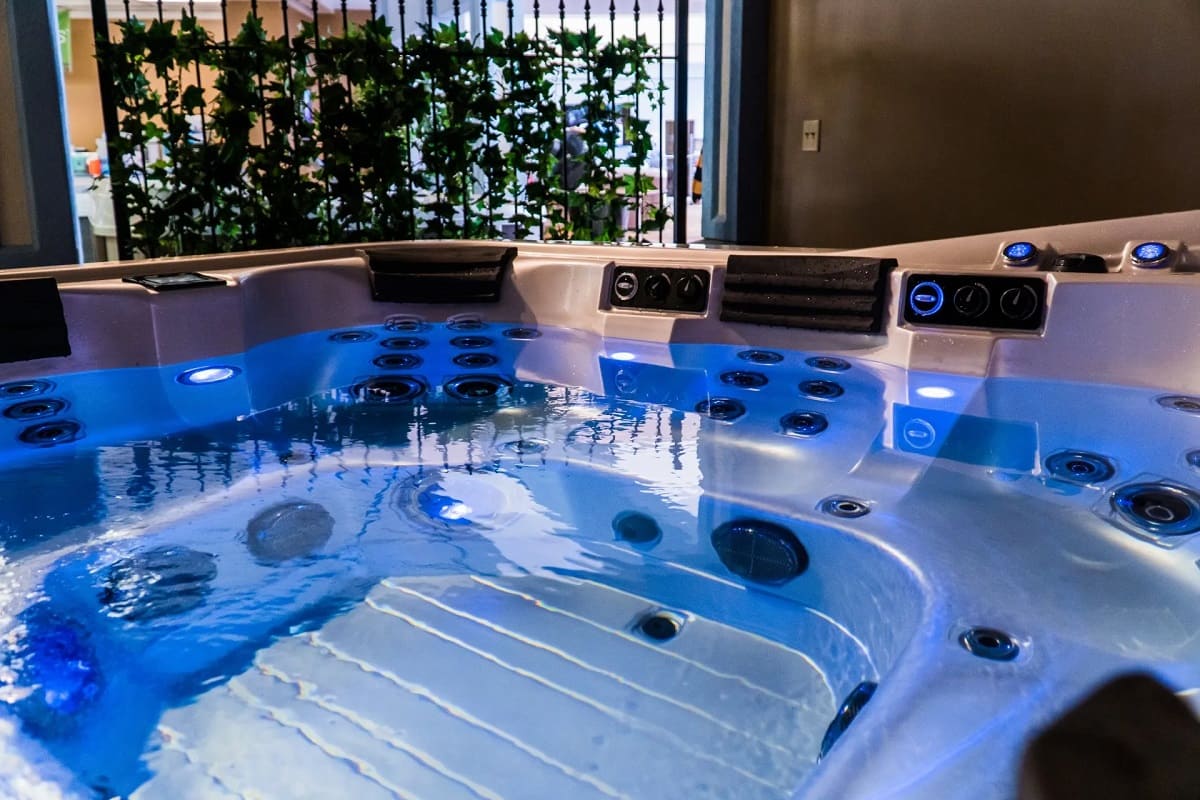
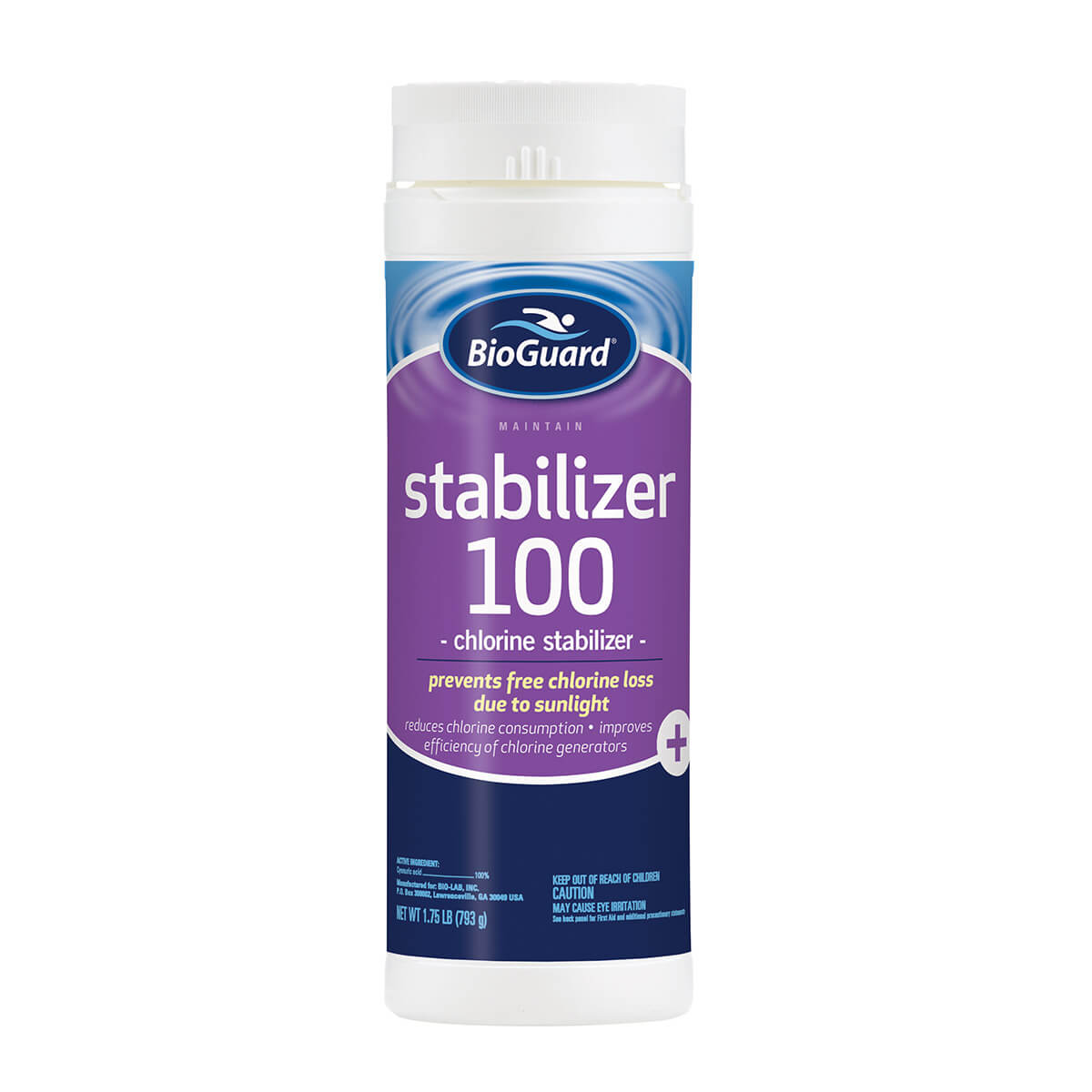
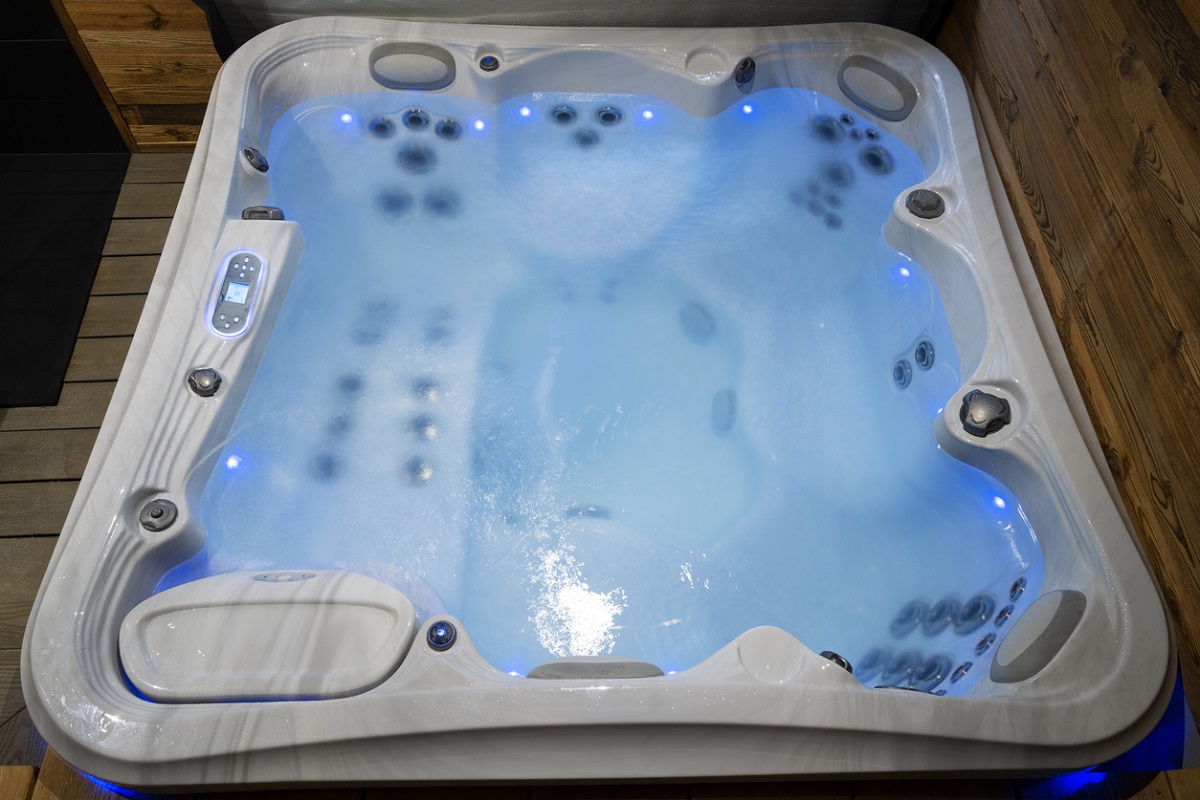
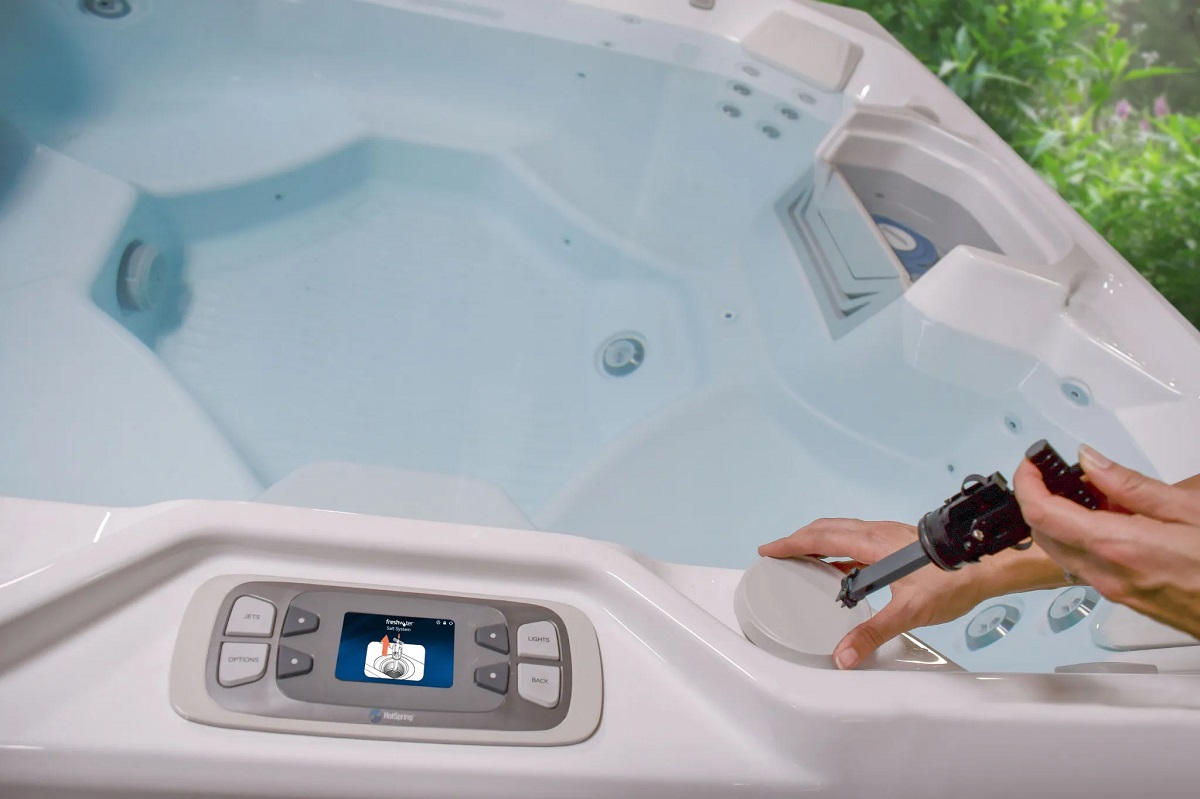
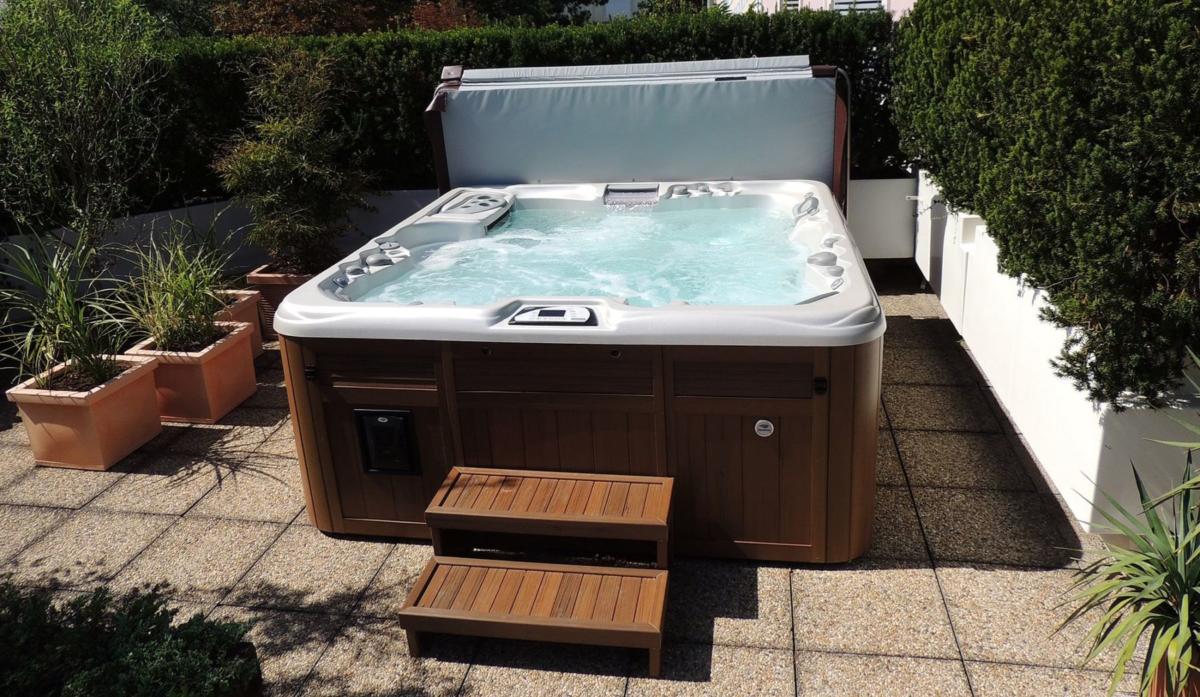


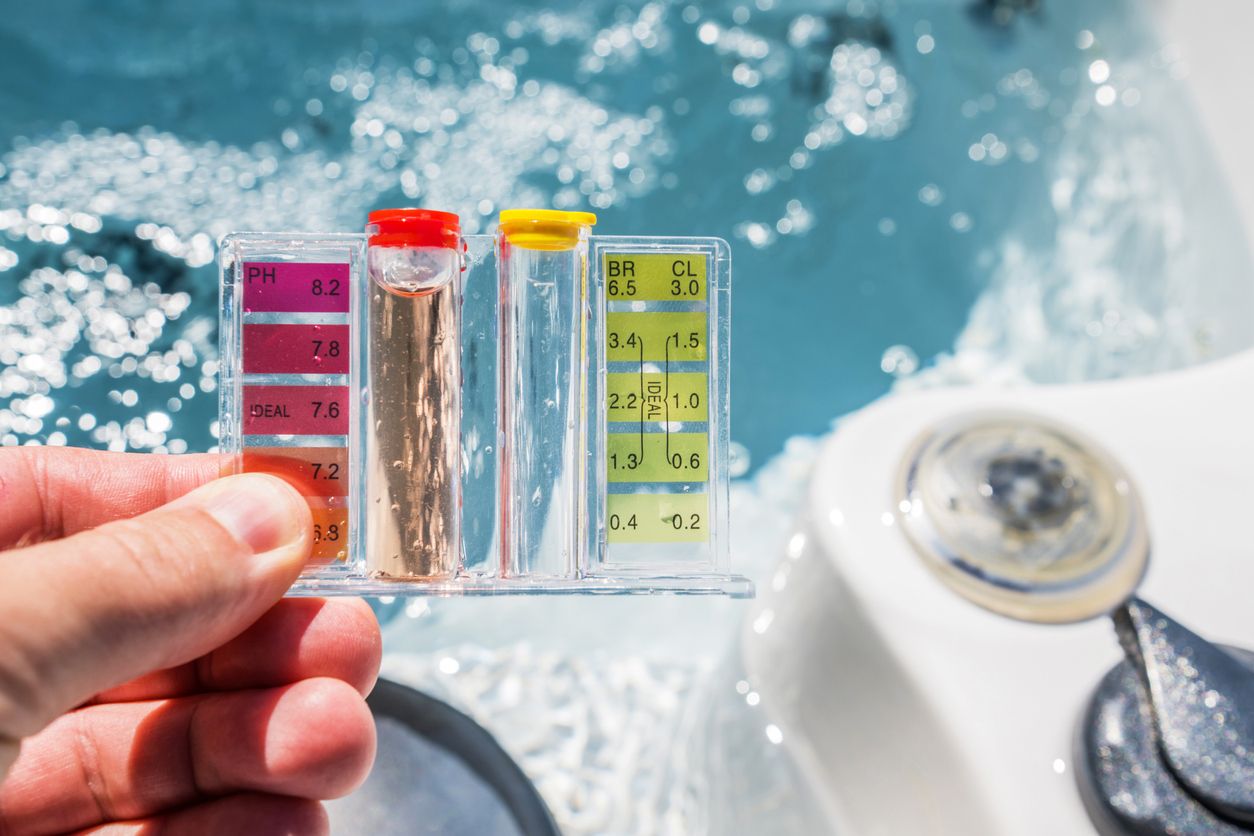
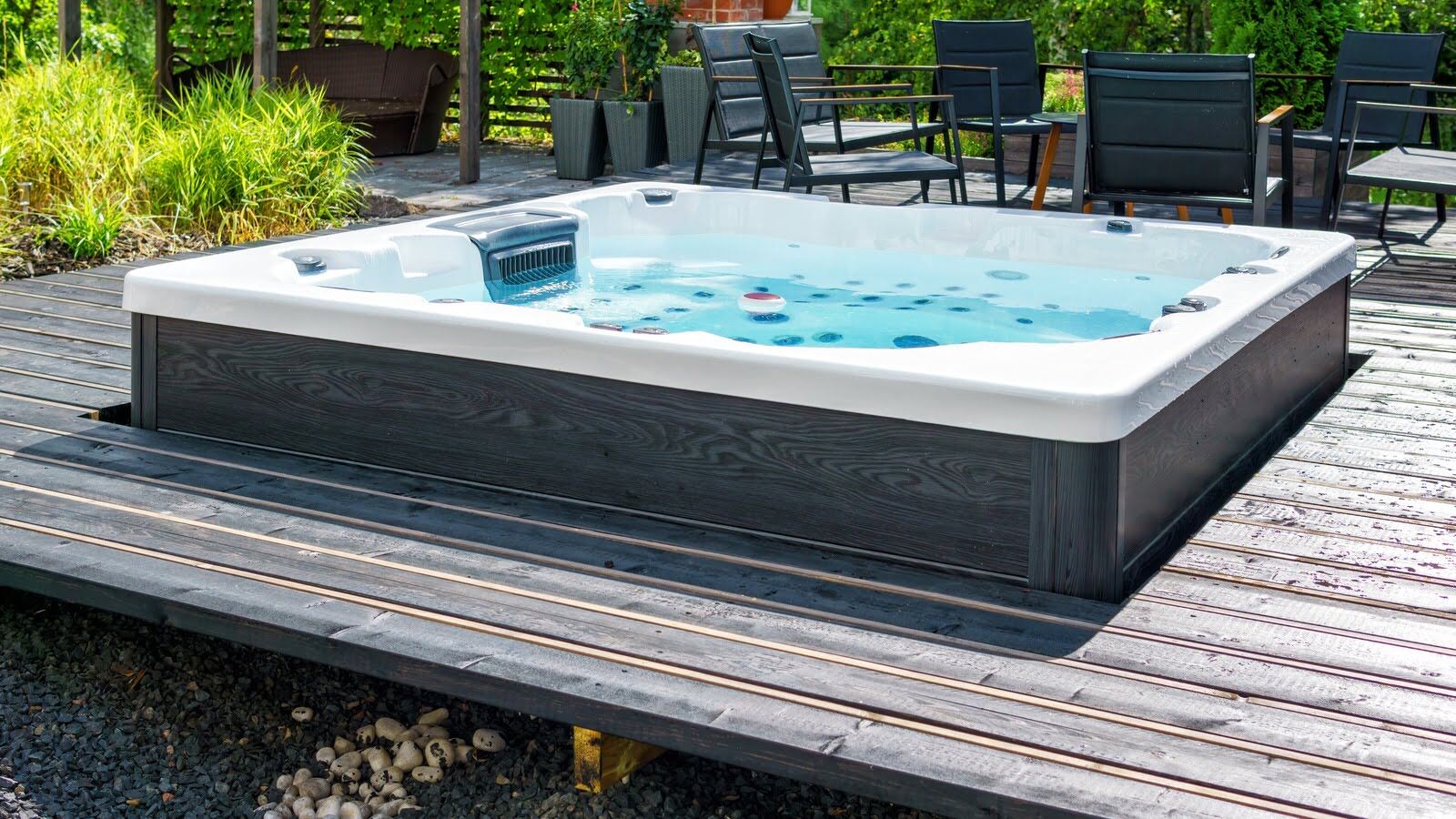

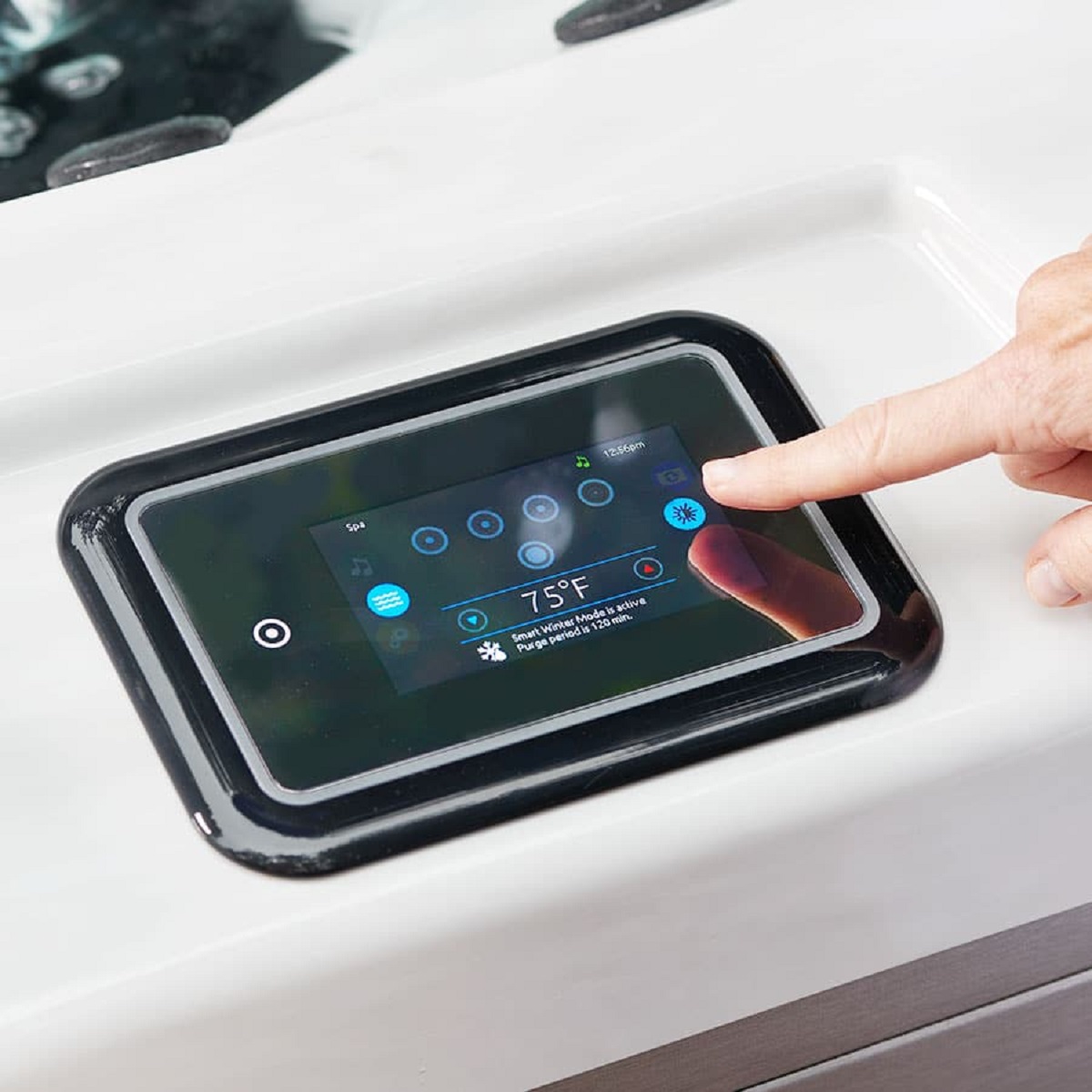

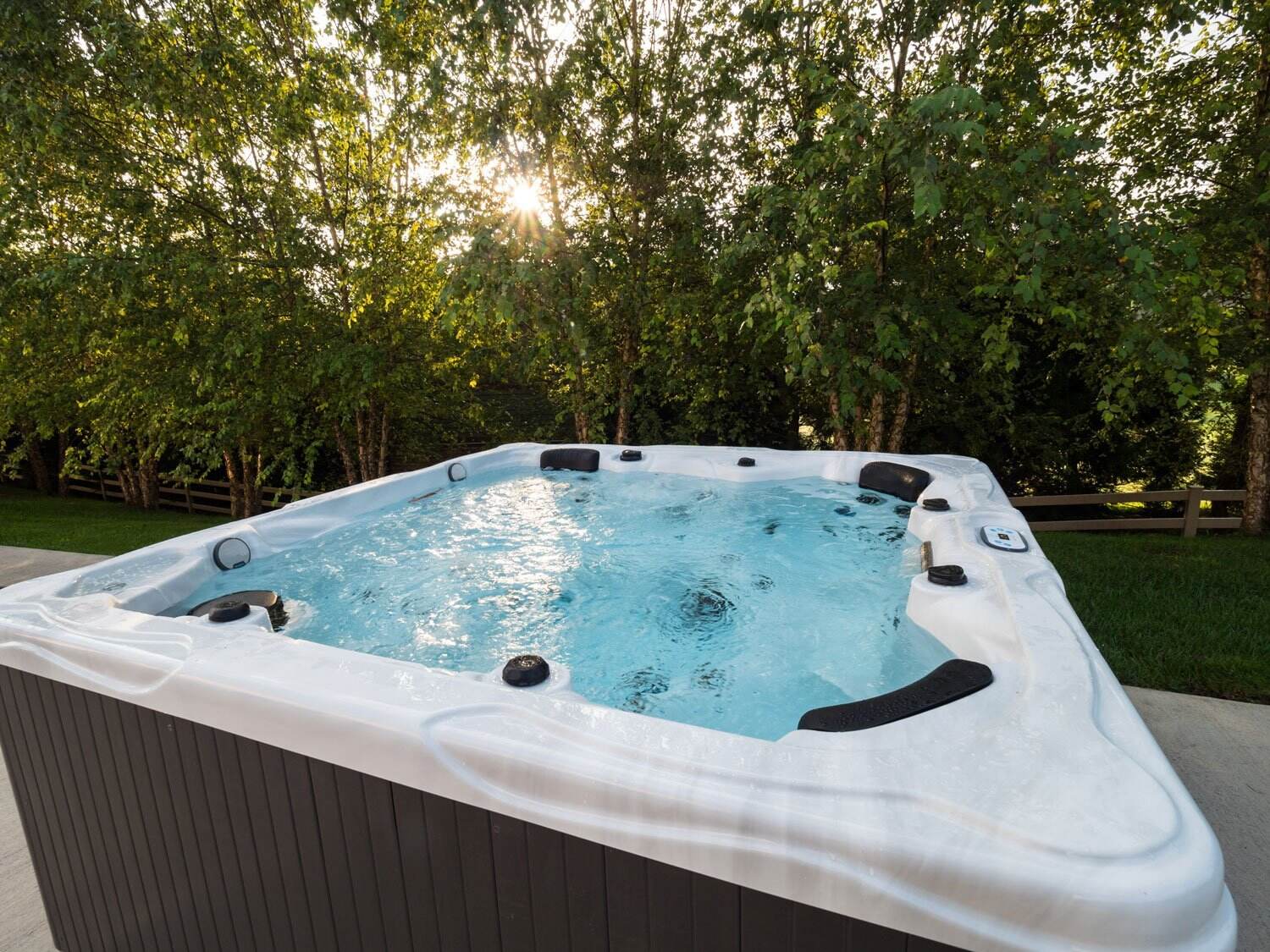
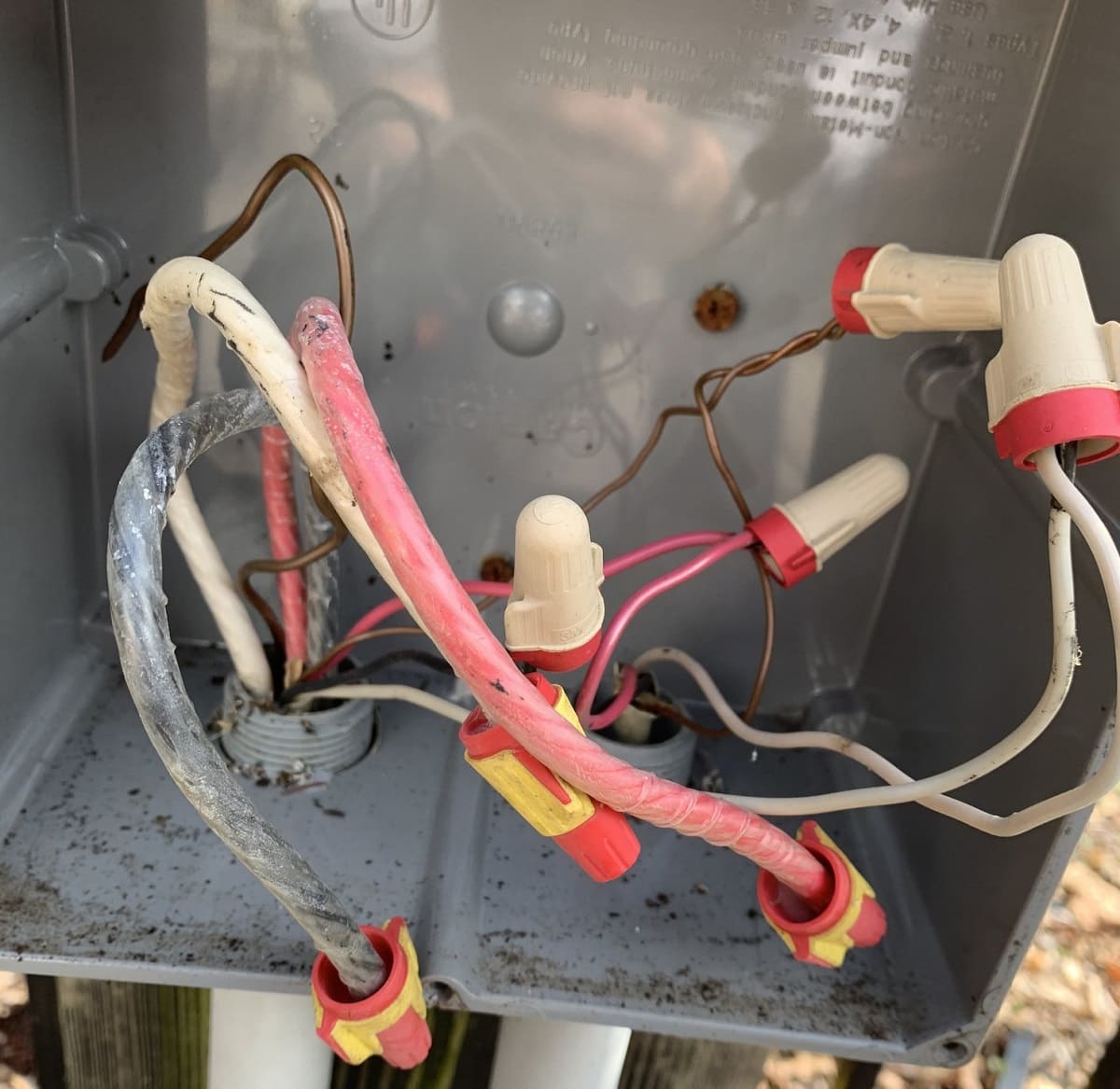

0 thoughts on “What To Do If Stabilizer Is High In Hot Tub”